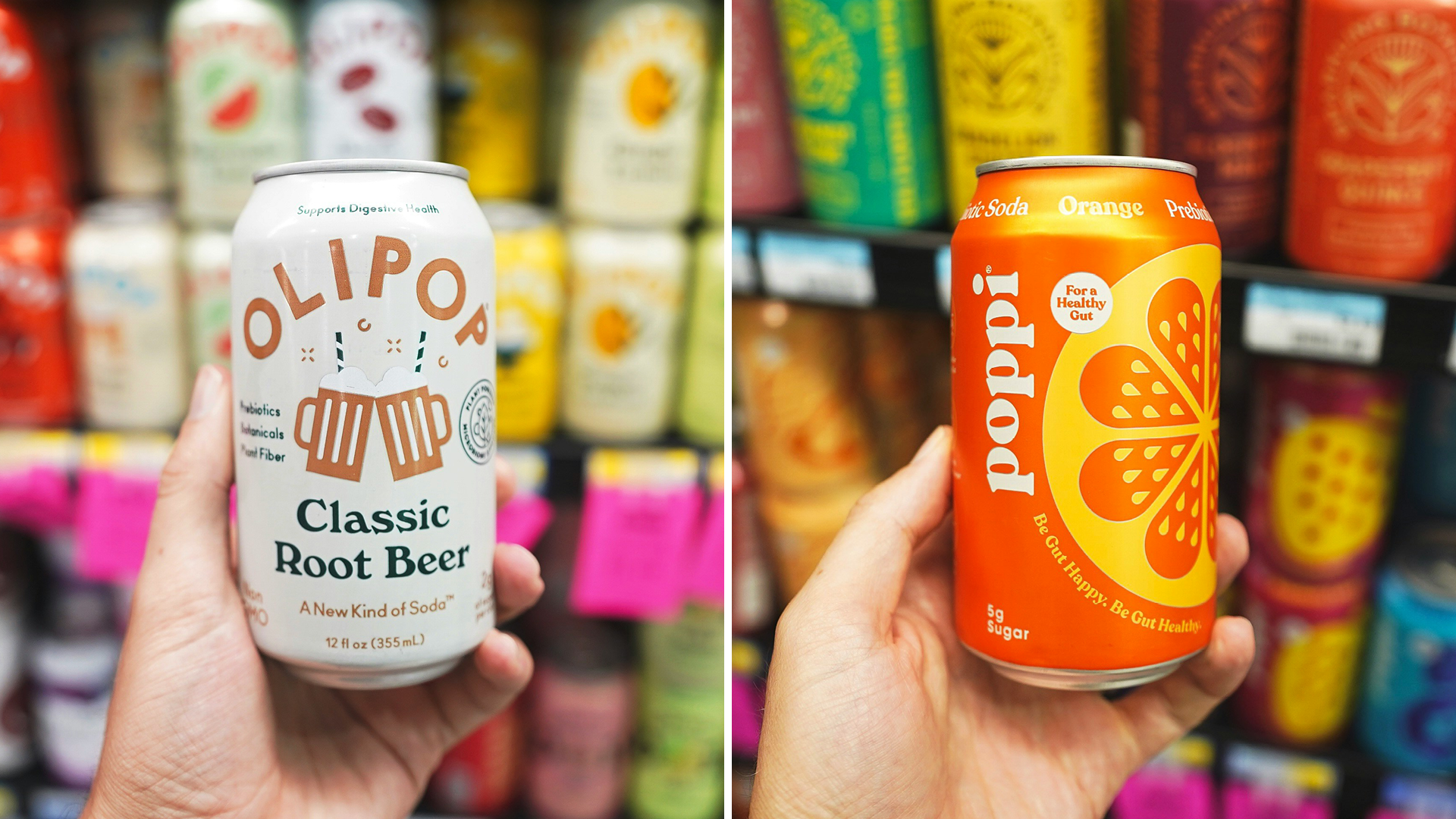One-third of food produced for human consumption is lost or wasted globally, amounting to about 1.3 billion metric tons per year, according to the Food and Agriculture Organization of the United Nations. Food is lost or wasted throughout the supply chain from initial agricultural production to final household consumption. In the U.S. alone, food waste is estimated at between 30% to 40% of the food supply, according to FDA.
Food that never gets eaten also represents a waste of resources, such as land, water, energy, soil, seeds, and other inputs used in production. Earth Day is celebrated on April 22, so now is an ideal time to explore opportunities that can make the food industry a little greener.
Ugly Produce
Fruit and vegetables account for almost 40% of food waste in the U.S., according to Apron’s Food Forecast Food & Beverage Trends for 2020 report. While frozen and canned fruits and vegetables can reduce food waste, consumers have a more negative perception about non-fresh produce and strong positive perception about fresh produce.
Nearly 70% of the worlds 50 largest food companies participate in food waste reduction programs and investors are increasing their support of companies that provide food waste reducing solutions, one of which includes selling “ugly” produce.
Ugly produce refers to fruits and vegetables that are safe to eat, but don’t have the perfect appearance consumers are familiar with seeing at supermarkets. This could mean produce is misshapen, too big or too small, or is “off” in color.
Companies such as Imperfect Produce and Misfits Market introduced ugly produce subscription boxes that offer imperfect, still edible, produce to consumers.
Additionally, grocery retailers such as Kroger have gotten on the ugly produce bandwagon. Kroger launched its Peculiar Picks ugly product line as part of its Zero Hunger/Zero Waste initiative, which plans to divert unused food and reduce waste across the company by 2025.
Sustainable Packaging
Sixty-four percent of consumers believe it is the responsibility of food and beverage manufacturers to use environmentally friendly packaging, while 56% believe it is the responsibility of packaging manufacturers themselves, according to Apron.
Although consumers’ personal priorities outweigh environmental responsibility, they positively respond to companies sustainable packaging efforts. Twenty-six percent of consumers choose products with minimal packaging and 23% more are planning to adopt this habit within a few years.
Forty percent named “recyclable” as the important factor when choosing food/beverages, while 21% mentioned reusable, and 13% mentioned compostable.
Beer companies like Corona, Carlsberg, and Guinness started applying recyclable cardboard instead of plastic, while Dasani explored aluminum water bottles. Evian plans on producing all its plastic bottles from 100% recycled plastics. In foodservice, Starbucks isn’t using plastic straws, and McDonald’s pledged to use only packaging made from renewable, recycled, or certified sources by 2025.
In 2019, Trader Joe’s said more than 20 produce items would get a makeover, either having more sustainable packaging or eliminating the packaging all together.
New Technology
Technology can also play a part in making food more eco-friendly. For example, Apeel Sciences develops plant-derived shelf life extension technology for fresh produce.
The company adds a thin layer of edible plant material to the surface of fresh produce to slow water loss and oxidation (the factors that cause spoilage). It works with partners ranging from smallholder farms and local organic growers to large food brands.
An increasing number of agri-tech startups are also developing ways of applying digital technologies to the farming business, according to the Food Sustainability Index. Many of these technologies improve yields, cut waste and resource use, and enhance the sustainability of farming-most do so by collecting and analyzing data.
Trace Genomics developed an analytics engine and DNA extraction process that is digitizing soil. It mapped more than 150,000 acres in the U.S., and by decoding the data, the company provides insights that allow farmers to track soil health, measure pathogen levels, and compare the performance of different inputs on yields.
Additionally, Indigo Agriculture is applying algorithms and machine learning to a database it built of the microbes that live within plants to predict which of these are most beneficial to the plant’s health. It applies these to crops in the form of a seed coating.
On the farm itself, digital technology can increase efficiency and environmental sustainability by reducing the over-use of precious resources, such as water.
Repurposing Food Scraps
The foodservice industry can explore numerous ways to repurpose food scraps, which normally would be thrown away, according to Move for Hunger.
Some examples include: bones from meat can be used for making stock; limp or wilted veggies can be revived in cold water; and stale bread can be placed into a grinder to make breadcrumbs, or used to create croutons.
Meanwhile, as the coronavirus pandemic forces restaurants to shut down or limit to takeout/delivery, some are donating excess food to food pantries as well as selling their products to grocers to eliminate waste.
Grocers, which are usually the main source of donations for food banks, have not been able to donate as much since the pandemic hit, reported NBC (April 8). When the national nonprofit Feeding America surveyed its affiliated food banks in mid-March, 92% said they were seeing increased need, while 64% said food donations had declined.









